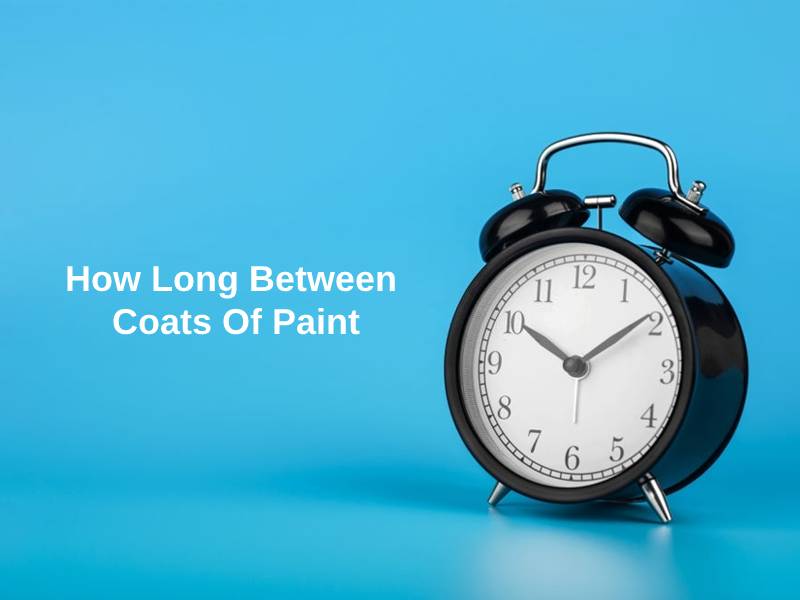Exact Time: 4 weeks
Plaster has to be dried completely. The characteristics of plaster are it is having good permeability that is it can take water or moisture easily. So, it is being allowed to dry. Plastering is a way in which we can make the rough surfaces of the walls, column, etc. as smooth and hence observe that it can last many years. Plaster is used for protecting and aesthetic purposes and also for molding purposes too.
Paint is a pigment that can be in liquid form and powder form. It can be applied in thin layer form and can be applied more than once for a good coating. Mostly it is used to protect the plaster. It gives color and gives texture to the walls, floors, etc. It is in a form of a paste which is of lime or gypsum and sand and water. It becomes hard when left dried.

How Long After Plastering Can You Paint?
Many factors tell about how much time it takes to paint after the plastering is done. The one is which type of weather is existing and the type of materials the mason has used. Plaster needs full 4 weeks to dry fully. It can also be dried if a heater is kept inside, or in the outside wall if you have done plastering then sun rays can also help it to dry earlier than expected.
You can also dry the internal wall plaster by opening the windows of your house. The fresh plaster needs at least 4 to 6 weeks to fully dry. Many times you have to wait for up to a month so that plaster can be dried off. You have to see that there is no patch formation occurs before you are going to paint on the wall as it will affect the aesthetic view of your room. Many times we do plastering and we coat many coats so we can apply another coating the next day.
Firstly you have to seal the initial coat and let it dry hence accordingly it will make the progress to painting as delayed to another period. The more amount of time if being given between plaster and paint the more it will be better. In a dry climate, 30 days are more than enough. Many times you can also wait for 1 week too.

| Ways | Time |
| Natural | 6 weeks |
| Artificial | 4 weeks |
Why Does It Take So Long To Paint After Plastering?
If the paint is applied even before the plaster can be dried then you will be going to observe that there is peeling occurring and also cracks are going to occur. The plaster which has more amount of moisture content won’t allow the paint to be applied so the problems arrived when to paint and how long to wait. As this is the way of doing the whole work so extra care is always needed.
If an artificial source is given to dry the paint like a heater etc then it is observed that it can dry fast enough as here the people can control the temperature and for quick work, this is being used. But if natural source like sunlight, wind from outside is used then it can also be dried easily but take more time than taken by artificial sources. So, in this way, we can ensure the time when to paint the room or buildings.

If the plaster is put in thin coats then the time for dry is even less than 12 hours. If a thick coat is applied then to make it dry the corruption I time is much more and even cracking is observed severely. It depends on weather conditions too. Plaster dries out by evaporative dehydration.
Conclusions
If mixing is done properly and the quantity is up to the desired limit then the coating of plaster is very much durable and is much stronger than the walls without any plaster. It is very much resistant to dents. As water comes out from the plaster applied then the bonds become even stronger.
Paint is used for decorative purposes. It has different colors, and a good level of finishing works. It protects the surface of anything from ultraviolet rays, corrosion, abrasion, humidity, etc. It protects the surface of any building, etc from environmental conditions. Bacteria, fungi, and salts are prevented by the paint. Gypsum players take less time than PC plaster.





















The timeframes provided for both natural and artificial drying methods are very helpful. It’s clear that patience is key in this process.
I appreciate that the article emphasizes the importance of ensuring the proper drying time for plaster before proceeding with painting. This can prevent a lot of potential issues.
Absolutely, jumping the gun and painting too soon can lead to problems down the line. This article provides valuable insights to avoid that.
The distinctions made between different drying methods and the potential implications of premature painting are quite illuminating. This article offers a discerning analysis of the topic.
Absolutely, the attention to detail in this article is commendable, providing readers with a comprehensive understanding of the issues at play.
The details provided on the effect of weather and thickness of plaster on drying time offer a well-rounded understanding of the situation. It’s a comprehensive perspective on the topic.
Absolutely, the article gives great insight into the various influences on drying time and how to navigate them effectively.
The emphasis on the importance of drying time in relation to the thickness of plaster coats highlights the significance of attention to detail in the process.
Indeed, the level of detail and care in the plaster drying process can directly impact the resulting quality of the paint job.
This article effectively conveys the implications of drying time on the durability and strength of the plaster, which is very valuable information for anyone undergoing this process.
The explanation of why it takes so long to paint after plastering is enlightening. It’s crucial to allow for proper drying to avoid peeling and cracks.
Yes, this article does a great job of addressing the reasons behind the waiting period and the implications of not adhering to it.
I find the concluding remarks regarding the durability and protective properties of both plaster and paint to be very engaging. It’s clear that these elements contribute significantly to the integrity of surfaces.
Definitely, the discussion of the strengths and protective functions of plaster and paint underscores their role beyond mere aesthetics.
The information about the properties of paint and its protective functions is quite interesting. This article provides a comprehensive overview of the entire process.
Absolutely, understanding the protective and decorative roles of paint is important in recognizing its significance in the final stages of construction or renovation.
The explanations about the impact of moisture content and thickness of plaster on painting timeline provide a deeper understanding of this essential aspect of construction and renovation. Great insights.
This article effectively underscores the importance of precision in the drying process to ensure optimal results, which is valuable guidance for anyone involved in construction work.
Indeed, the detailed explanations in this article are immensely helpful in highlighting the nuances of the interaction between plaster and paint.
This article is very informative about the process of plastering and painting. It’s essential to wait for the plaster to completely dry before painting in order to avoid any issues with the paint. Thank you for the detailed information.
Exactly, it’s important to follow the proper steps and allow for sufficient time for drying to ensure the best results.
The focus on the protective qualities of paint and its impact on surfaces is very engaging. It’s clear that this article caters to a high level of understanding and scrutiny of the topic.
This article brings to light the intricate nature of paint and its protective functions, adding depth to the discourse around this crucial element of the construction process.
Indeed, the multi-faceted role of paint is presented in a thorough and insightful manner in this article, making it valuable for professionals and enthusiasts alike.